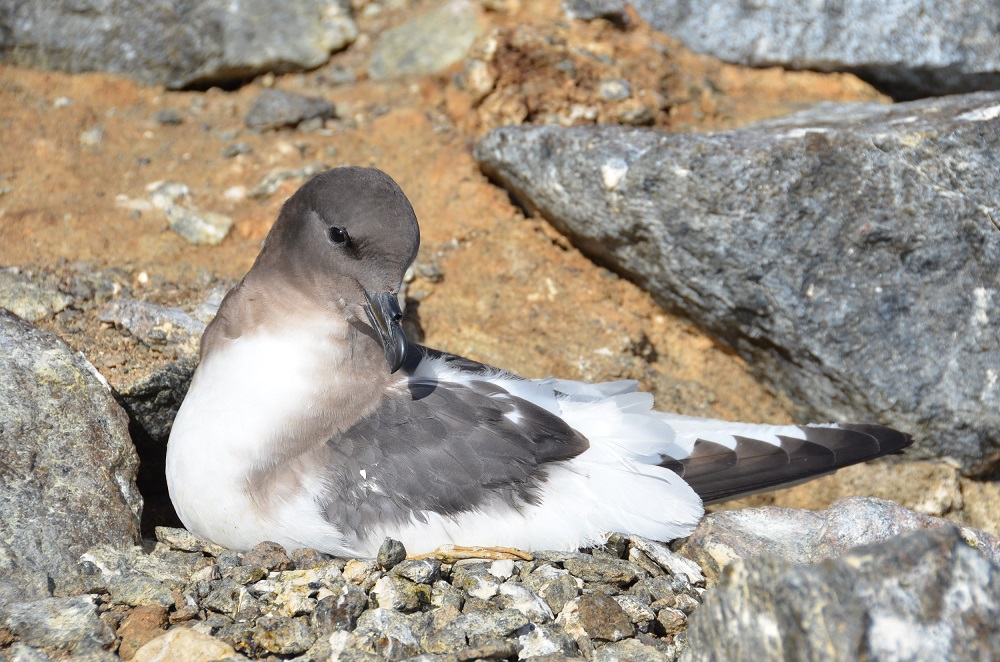Reflections on two contrasting Antarctic field seasons at Svarthamaren, Antarctica
The ANTSIE team has had two consecutive field campaigns to track the snow petrels of Dronning Maud Land, and the experiences have been very different!

Together with collaborators at the Norwegian Polar Institute, Ewan Wakefield has recently published a paper in Current Biology documenting widespread seabird breeding failures in Dronning Maud Land in the austral summer of 2021/2022. Antarctic petrels, snow petrels and south polar skuas were negatively impacted by a series of intense storms early in the breeding season – catastrophically so in the case of Antarctic petrels at Svarhamaren, where only three nests were active. In a normal year, the colony holds tens of thousands of birds. The paper makes the salutatory point that such extreme storms are becoming more common in Antarctica.
Sébastien Descamps, S. Hudson, J. Sulich, E. Wakefield, D. Grémillet, A. Carravieri, S. Orskaug, H. Steen, “Extreme snowstorms lead to large-scale seabird breeding failures in Antarctica.” Current Biology 33(5): R176-R177.
In contrast, the 2022/2023 season saw better weather and a longer field campaign. Joining Ewan this time was fellow ANTSIE team member James Grecian, who has written a blog for the Shackleton company, explaining more about our work and giving some reflections on the expedition. You can read the blog here: https://t.co/RP3jKURZPz
We’re now analysing the data across both field seasons and getting the samples into the lab!
Thanks to the Leverhulme Trust, Durham University, and the Norwegian Polar Institute for supporting the field campaigns.
